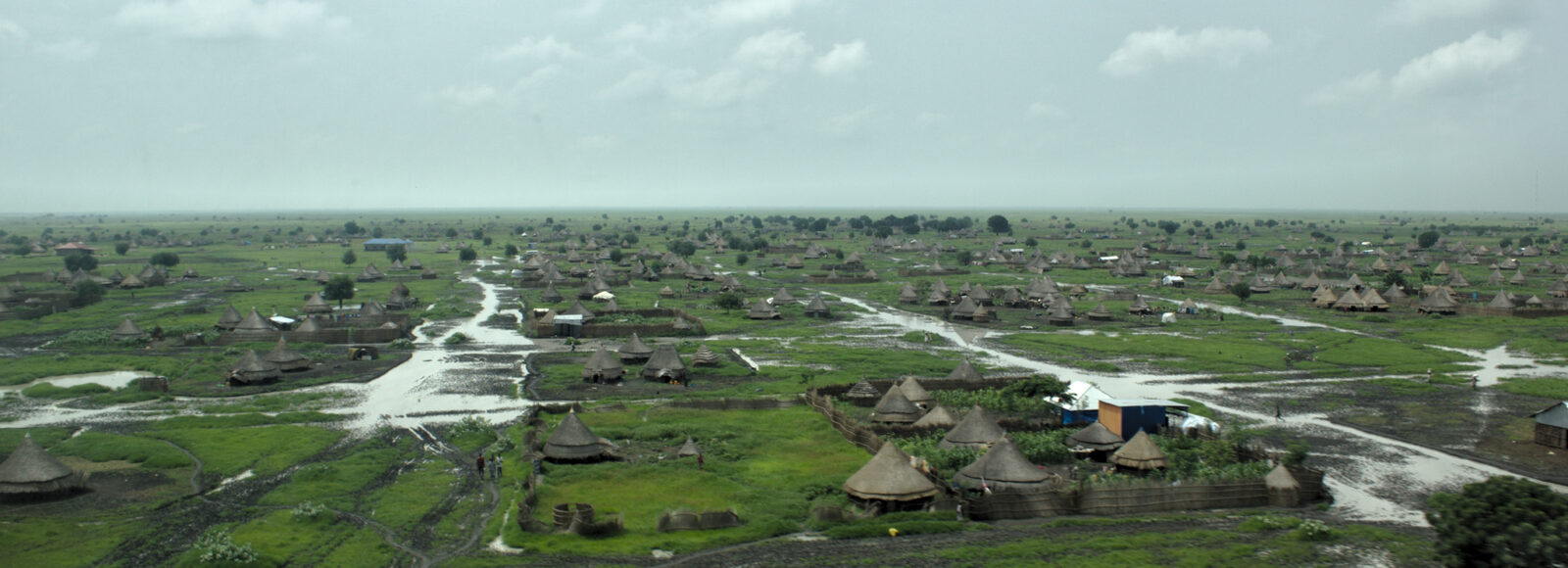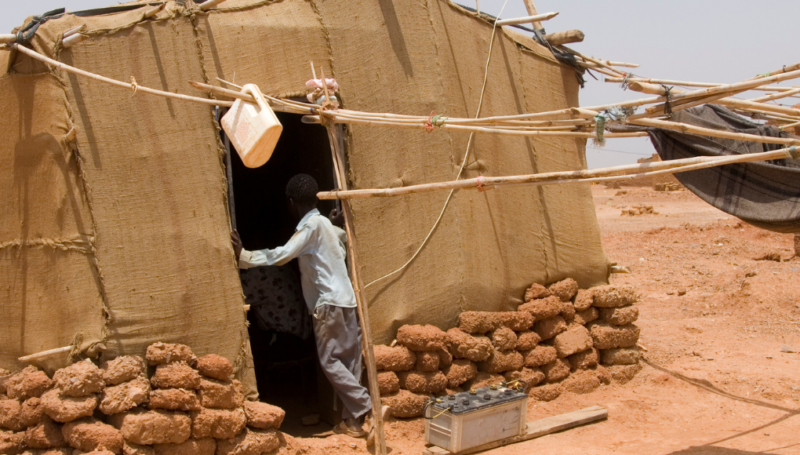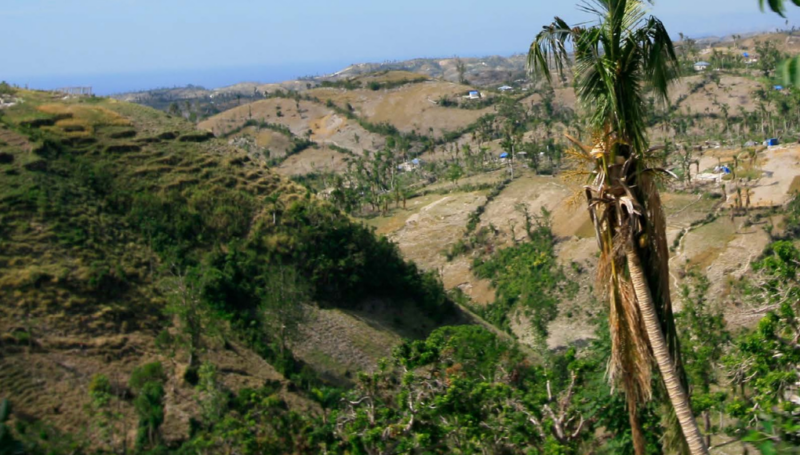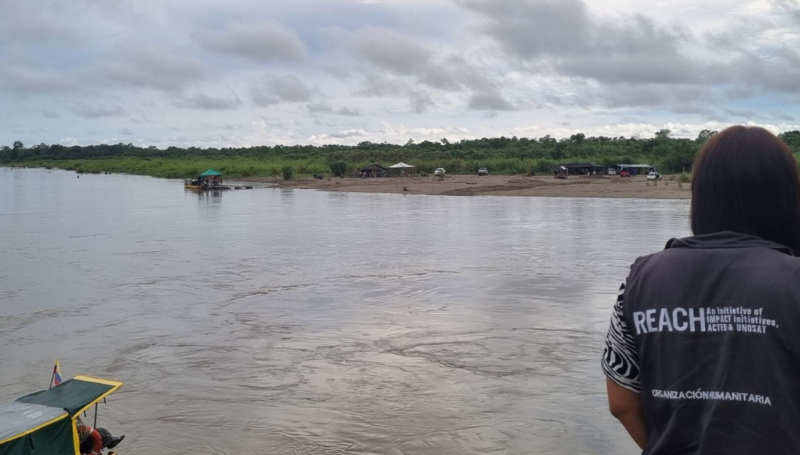During just 6 weeks beginning in December 2024, clashes in Sudan forced more than 120,000 people across the border into Renk County, South Sudan, marking the largest influx since the conflict began in April 2023, and bringing the total number of arrivals to more than one million. Amid this influx, available data signals a deepening public health crisis as many arrivals are joining communities already facing extreme hardship, and where access to food, water, and healthcare is increasingly strained.
The data underscores the urgency of the situation:
- A September 2024 assessment in Panyikang county found a crude death rate (CDR) of 1.53—well above the WHO emergency threshold of 1.0 and the highest county-level CDR on record since before the war in Sudan.
- Malnutrition has risen to critical levels across the state. In Baliet County, 29.5% of children are estimated to be acutely malnourished, which IPC projections indicate will surpass the ‘very critical’ (Phase-5) threshold of 30% in 2025.
- A cholera outbreak spread to 34 counties between October 2024 and February 2025, fuelled by overcrowding in transit sites with limited sanitation.
- Food insecurity across the state has worsened over the past 12 months. In Malakal alone, an estimated10,000 people faced catastrophic hunger (IPC Phase 5) between September and November 2024, only the second time such conditions have been recorded since 2018.
These findings emerge amidst an already precarious humanitarian access and funding landscape in South Sudan, threatening the humanitarian response and leaving many those most in need unreachable. In 2024, several counties in Upper Nile State saw only a fraction of their targeted population receive humanitarian food assistance—in some instances, less than 20%—likely contributing to the extremely severe conditions reflected in the IPC and recent nutrition assessments.
For a more in-depth understanding of the deepening humanitarian crisis in Upper Nile State amid mass displacement from Sudan, you can read our brief here.









